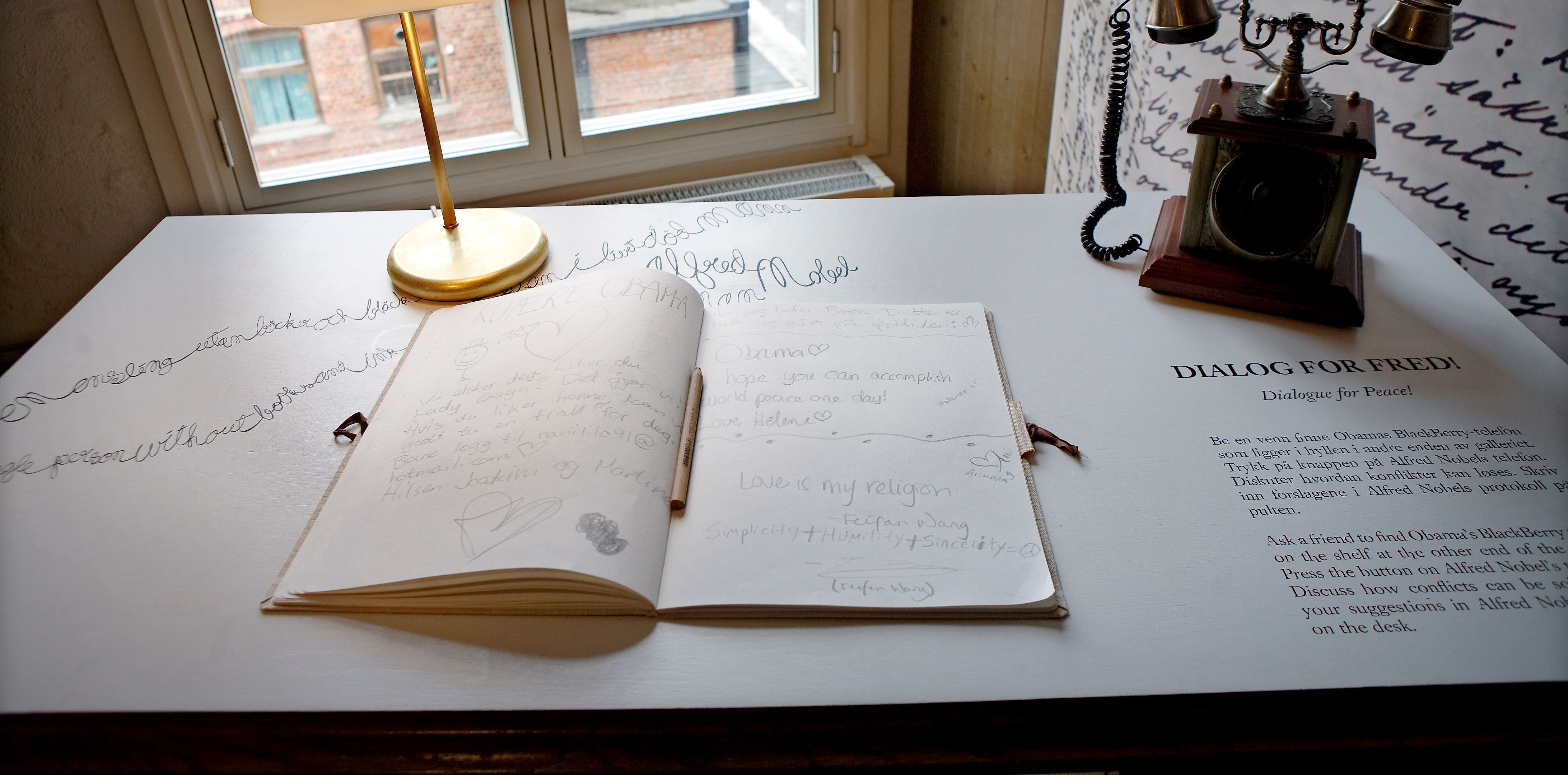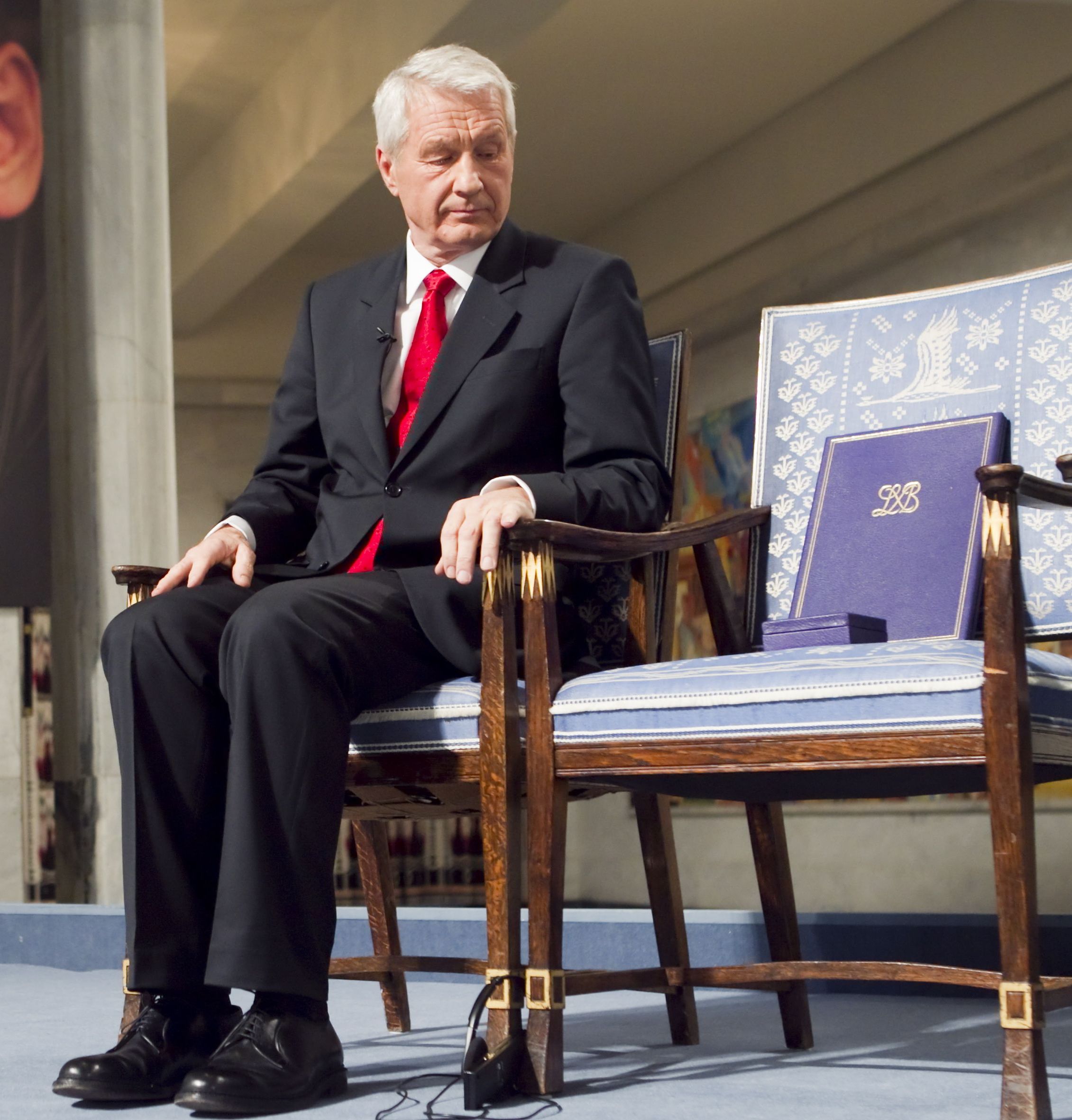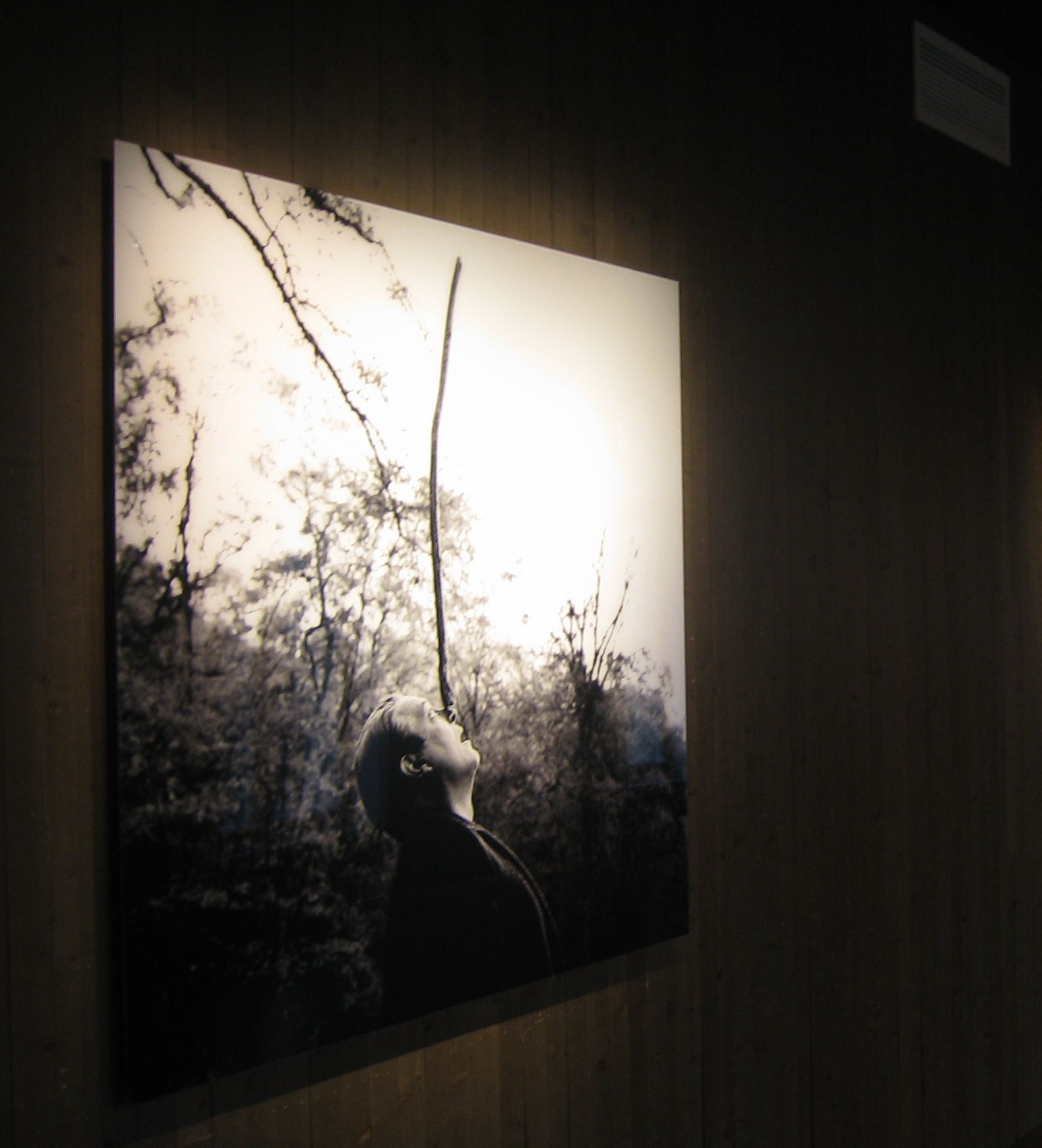Creating the Nobel Peace Prize Exhibition
On a Friday at the beginning of October each year, the eyes of the world focus on Oslo. When the leader of the Norwegian Nobel Committee announces the name of the winner of the year's Peace Prize, work begins on a new Peace Prize Exhibition at the Nobel Peace Center.
Every year since 2005, the Center has made an exhibition about the year's Peace Prize laureate. There are only eight hectic weeks from the moment the winner is announced until the exhibition opens. True to tradition, the Peace Prize laureate opens the exhibition on 11 December – the day after the award ceremony in Oslo City Hall.
Since 2005, world-class documentary photographers have created unique images of the Peace Prize laureates. In 2014, the American photojournalist Lynsey Addario’s photos presented Malala Yousafzai’s upbringing in the Swat Valley. Lynsey also photographed the school uniform the young Malala wore on the day she was shot by the Taliban.

Other world-renowned photographers who have helped create the annual exhibition are Anton Corbijn, Marcus Bleasdale, Jonas Bendiksen, Paolo Pellegrin, Espen Rasmussen and Mads Nissen.
The photographer who receives the assignment must be able to travel at short notice to the country where the Peace Prize laureate lives or works. When an organization receives the award, the assignment is about showing the work for which the award has been given. When Italian war photographer Paolo Pellegrin had to document the dangerous work of weapons inspectors from the Organisation for the Prohibition of Chemical Weapons (OPCW), he travelled into a closed area in Libya to photograph their work in the chemical weapons depots.
Pellegrin described his intention this way: "I want the audience to get a sense of the courage, the energy, the strength, even the passion in what they do"

Peace Prize laureate in prison
What happens if the photographer cannot meet the Peace Prize laureate? When Chinese dissident Liu Xiaobo received the Peace Prize in 2010, he was confined in isolation and sentenced to 11 years in prison. The Peace Prize Exhibition, which was named "I have no enemies", showed new and previously unknown images of Liu Xiaobo, the peaceful demonstrations in Tiananmen Square and the massacre that followed. His empty chair in the City Hall during the award ceremony also became an important symbol of the situation faced by dissidents in China.
Geopolitics and personal stories
World politics are often put on the agenda when the Peace Prize is awarded. In the sixteen years the Peace Prize Exhibition has been created by the Nobel Peace Center, it has highlighted current and international topics such as nuclear disarmament, climate policy, peace mediation, freedom of expression in China, the Arab Spring, education, European cooperation and the fights against chemical weapons and child labour.
Showing new and unknown aspects of the Peace Prize laureate is part of the photographer's mission. When Anton Corbijn photographed Al Gore in 2007, they took a trip out into the woods in Nashville. The Peace Prize laureate had spent a lot of time there as a child and he showed his old balancing tricks to the photographer.
As one of Gore's employees unexpectedly exclaimed when he saw the photographs: "Had we had these pictures, Gore would have won the presidential election!"
Criticism of the exhibition
The Nobel Peace Prize can be controversial. When it became known that Barack Obama had won the Prize, the reactions were swift and many were critical: Was the Obama award really in line with Nobel’s will? This criticism became the starting point for the exhibition, which invited the public to explore both Nobel’s will and Obama's rhetoric and politics. The exhibition’s design was inspired by the offices of Obama and Nobel. It included imposing and well-stocked bookshelves and a direct line from Alfred Nobel's old telephone to Obama's Blackberry.

Live exhibits
Each December 10, the eyes of the world are once again on Oslo. The award ceremony in Oslo City Hall, broadcast live to the whole world and attended by Norway’s royal family, is a formal occasion. The next day, when the Peace Prize laureate comes to the Nobel Peace Center to open their exhibition, the atmosphere is often a little more relaxed. For the first time, the Peace Prize laureate sees their portraits and how the story of their work is told in the exhibition.
When doctor and Peace Prize laureate Denis Mukwege opened his exhibition in 2018, photographer Cristina de Middel was nervous. What would he think of her pictures? Cristina had made a series of posed photographs to illustrate the difficult subject of sexual violence in war. When Mukwege saw the pictures, he became completely silent. “Do you like them?” the photographer dared to ask. The laureate did, but was so moved by what he saw that he became speechless.
Every year a new chapter is added to the history of the Peace Prize. The media's spotlight on the new Peace Prize laureates often disappears fairly quickly, but in the Peace Prize Exhibition, the public can meet, learn about and be inspired by the Peace Prize laureates throughout the year.

Share:

